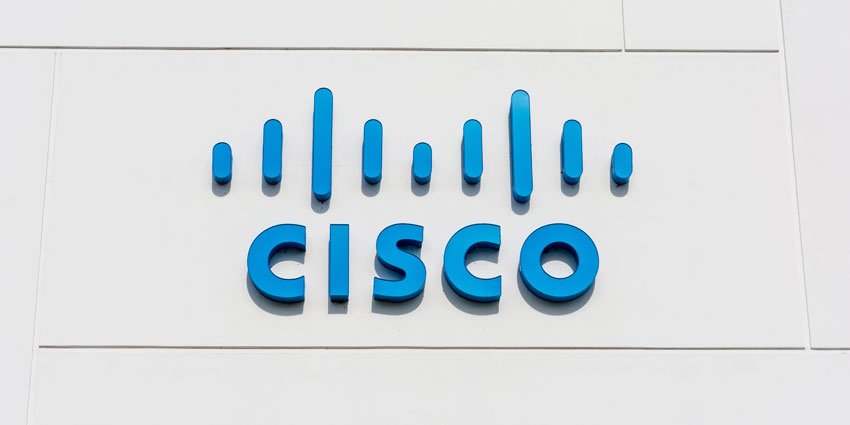Scheduled callbacks – as opposed to waiting on a call queue – are becoming an increasingly popular option among customers. Research suggests that 3 in 4 customers would like to have the option of requesting a callback, as it significantly improves the CX. So, how does a callback system work? How are multiple calls coming in at the same time routed to your contact centre without causing bottlenecks or agent overload?
One of the most effective techniques for contact centre callback routing is first-in, first-out, or FIFO. in several contact centre systems, it is the default method for distributing calls on the virtual queue, ensuring that customers have been waiting for the longest are served first.
Let’s explore the mechanism of a FIFO callback system in more detail.
Why Contact Centres Need a Callback Routing Technique
When customers request a callback either through your IVR or via a web callback system (think embedded buttons on e-commerce portals), they are actually placed on a virtual queue. Customers are still waiting, but instead of staying on hold, they are free to do other things until the queue clears and an agent calls them back. Callback routing techniques like FIFO help to orchestrate customers on this virtual queue in a manner that every – or at least most – queries are resolved by a live agent within an optimal interval.
There are a number of ways callbacks can be routed to your agent teams, among which FIFO is possibly the most popular.
What is First-In, First-Out, or FIFO?
You can define FIFO callback systems as a routing approach where the oldest addition to the call queue is prioritised when routing to a live agent, resulting in the customer who has been waiting for the longest time being addressed before other callers on the queue.
Let’s say there are five inbound tasks named C1, C2, C3, C4, and C5. These could refer to callback requests or any sort of response requests across various channels such as telephony, email, chat, etc. According to FIFO, C1 is the oldest customer on queue and will be handled first. As soon as the agent starts dealing with customer C1, C2 is re-labelled as C1, and the next customer on queue who would be C6 becomes C5. As more customers call, the queue keeps progressing on a first-in, first-out basis.
FIFO continues to be the default approach to callback routing, as it addresses every customer objectively and tries to minimise everyone’s wait time.
FIFO Pros, Cons, and Alternatives
The pros of FIFO are obvious – it is fair, simple, and easy to convey to the customer. As the queue progresses sequentially, there’s no risk that a customer will feel someone has skipped the queue. However, not every caller will experience the same wait time as per FIFO. Customers with complex queries will lead to a longer wait time for those on queue after them.
For this reason, there are alternatives to FIFO such as Minimum‐Expected‐Delay (MED), where calls are routed predictively based on expected wait times and LIFO or last-in, first-out, which is run parallel to FIFO for faster processing.







